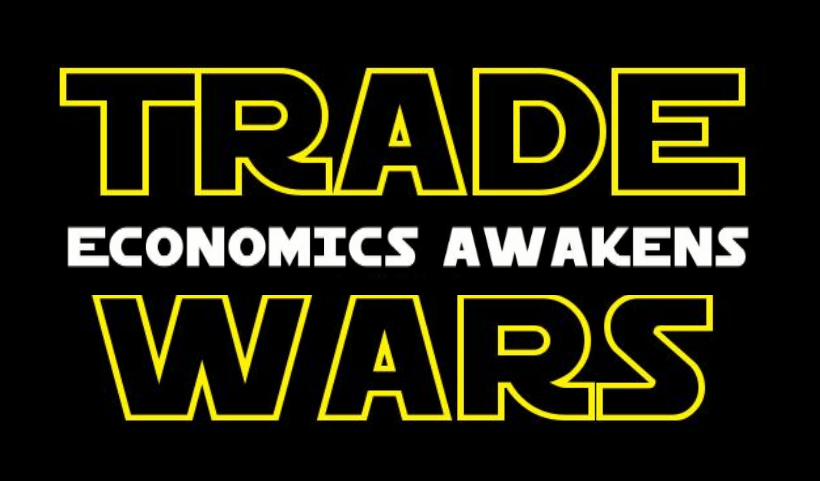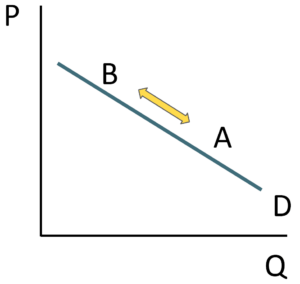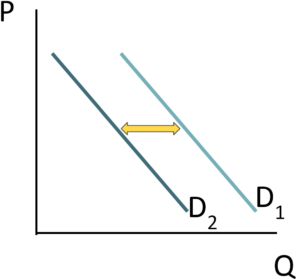A Simple Activity To Explain A Change in Demand vs A Change in Quantity Demanded


Making Economics Meaningful for Students
The Fund for American Studies’ Liberty and Leadership podcast features FTE’s own Amanda Stiglbauer, a longtime member of our team who recently…

The Economic Way of Thinking: The Key to Financial Literacy
April 10, 2025 Professor Jamie Wagner discusses how economics is the key to financial literacy. She is a Professor and…

Trade Wars – Economics Awakens (repost)
FTE is re-posting this article written during Trump 1.0. Much of what Professor Malek had to say about tariffs back…


